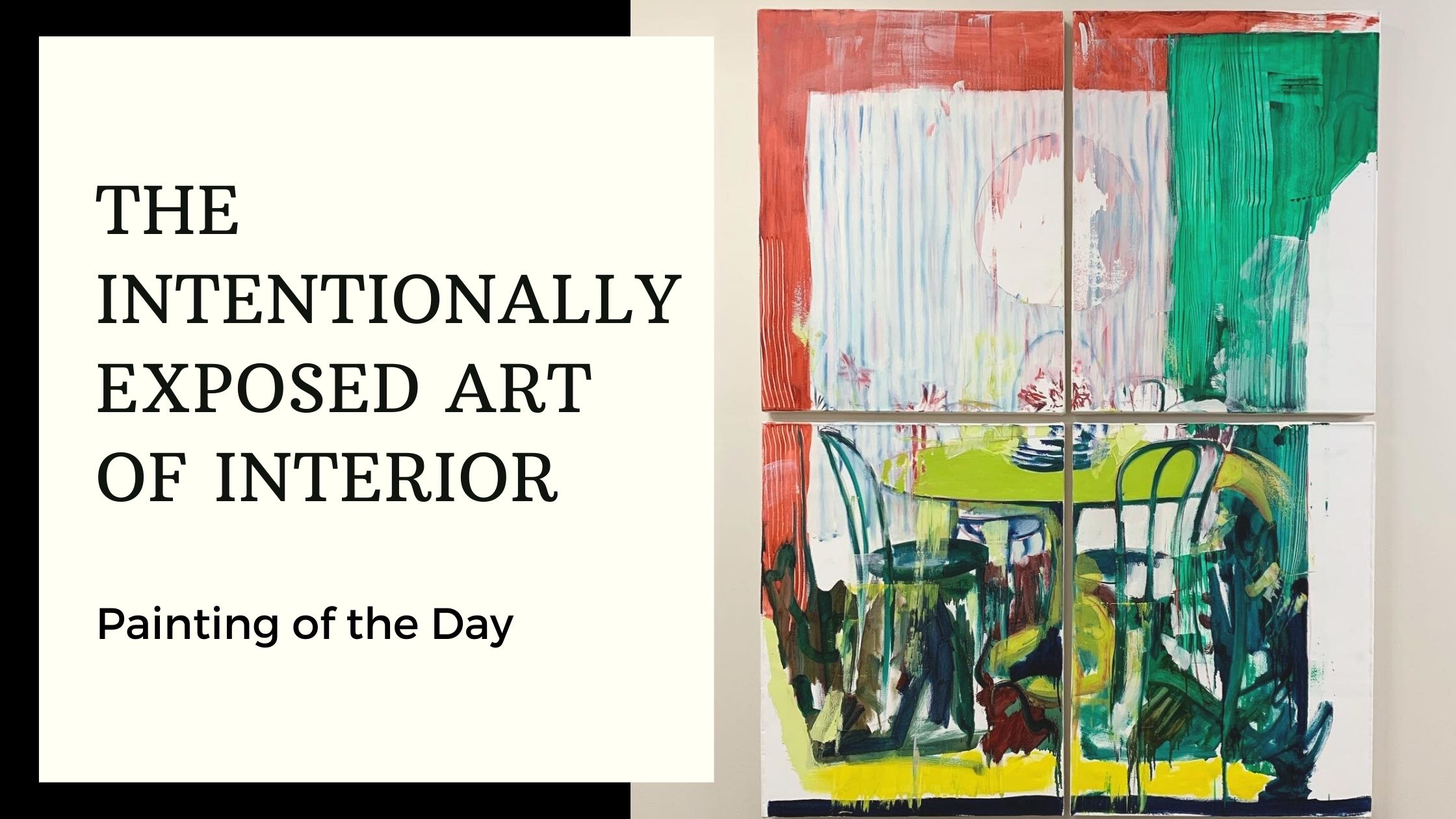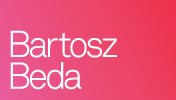
Abstract Stories in Ink on Paper in Mark-Making Techniques
As an artist, I constantly seek new and innovative ways to express my emotions and ideas through my paintings. Recently, I discovered the potential of using a mop as a mark-making tool in my ink paintings on paper. This simple tool has allowed me to experiment with different brushstrokes and marks, resulting in unique and dynamic effects on the paper’s surface.
Using a mop to apply the first layers of ink is more akin to performance than traditional painting. I perform my ability to express emotions or lack of feeling on the surface of the paper, using the physical strength of my arm and hand movement to create dynamic and expressive brushstrokes.

As an artist, I have always been interested in experimenting with different tools and techniques to create my paintings. Recently, I discovered the potential of using a mop as a mark-making tool in my ink paintings on paper. I was drawn to using a mop because it is a simple, everyday tool that is not typically associated with fine art. I wanted to see if I could use it in an expressive and unique way.
When I apply the first layers of ink to the surface of the paper or wood panel using the mop, it is more of a performance than painting at first. I perform my ability to express emotions or lack of feeling on the surface, using the physical strength of my arm and hand movement to create dynamic and expressive brushstrokes. The mop allows me to convey the energy and intensity of my emotions in a way that is impossible with traditional paintbrushes.

After the first layers of ink have dried, I take the painting from the horizontal orientation and place it in a vertical orientation. This allows me to continue working on the painting more traditionally, using a brush to add additional layers of ink and details to the surface of the paper. In this process stage, I can play with the given form of the abstract painting and implement a portrait face or other figurative elements.
By switching from the horizontal orientation to the vertical direction, I can combine the expressive, abstract brushstrokes created with the mop with more traditional mark-making techniques using a brush. This allows me to create both abstract and figurative paintings with a unique blend of energy and emotion. This process will enable me to explore the possibilities of mark-making and abstraction in a new and exciting way.

It is an emotional sensation, so there is no definitive answer to what it means to be alive and what it means to die. I want viewers to interpret the paintings for themselves and explore their reactions to the exhibited works.
Using a mop as a mark-making tool in my ink paintings has opened up new possibilities for expressing emotion and exploring abstract stories on the canvas. I am excited to continue experimenting with this technique and sharing my work with others.
My painting method is inspired by traditional ink painting in China and Japan, where painters performed meditation and premeditated physical acts while applying ink to rice paper with a brush the size of a broom. I use a mop as a primitive tool to create brushstrokes and desired marks on the paper, resulting in both abstract and figurative paintings.
In traditional Japanese and Chinese ink painting, the artist typically sits on the floor and uses a brush to apply the ink to the paper. This practice is often associated with meditation and mindfulness, as the act of painting is seen as a way to connect with the present moment and focus the mind.

The use of a mop as a mark-making tool in my ink paintings on paper can be seen as a modern interpretation of this traditional practice. Just as the conventional artist uses a brush to apply the ink to the paper, I use a mop to create brushstrokes and marks on the paper’s surface. Using the mop in this way can be seen as a performance, just as the traditional artist’s brushwork is a performance of their skill and focus.
In both cases, the act of painting with ink is seen as a way to connect with the present moment and explore the possibilities of mark-making and abstraction. Using a mop as a mark-making tool allows me to experiment with different brushstrokes and marks, resulting in unique and dynamic effects on the paper’s surface. The mop allows me to convey the physical strength of my arm and hand movement in a way that is not possible with traditional paintbrushes.
Some people may view the use of a mop as unorthodox or unconventional, which could limit the appeal of the finished artwork to certain audiences. Additionally, using a mop may require a certain level of physical strength and dexterity, which may only be suitable for some artists or all situations. Finally, the results of using a mop as a mark-making tool can be unpredictable, so it may require a certain level of experimentation and trial-and-error to achieve the desired effects in the final artwork.

Despite these potential disadvantages, using a mop as a mark-making tool in ink paintings can be a valuable and rewarding experience. The unique and dynamic brushstrokes I can create with the mop allow me to explore new possibilities and express my emotions uniquely and powerfully. The benefits of using a mop in this way outweigh the potential disadvantages, and I will continue to experiment with this tool in my artwork.
In conclusion, using a mop as a mark-making tool in my ink paintings has opened up new possibilities for expressing emotion and exploring abstract stories on the canvas. I am excited to continue experimenting with this technique and sharing my work with others.






